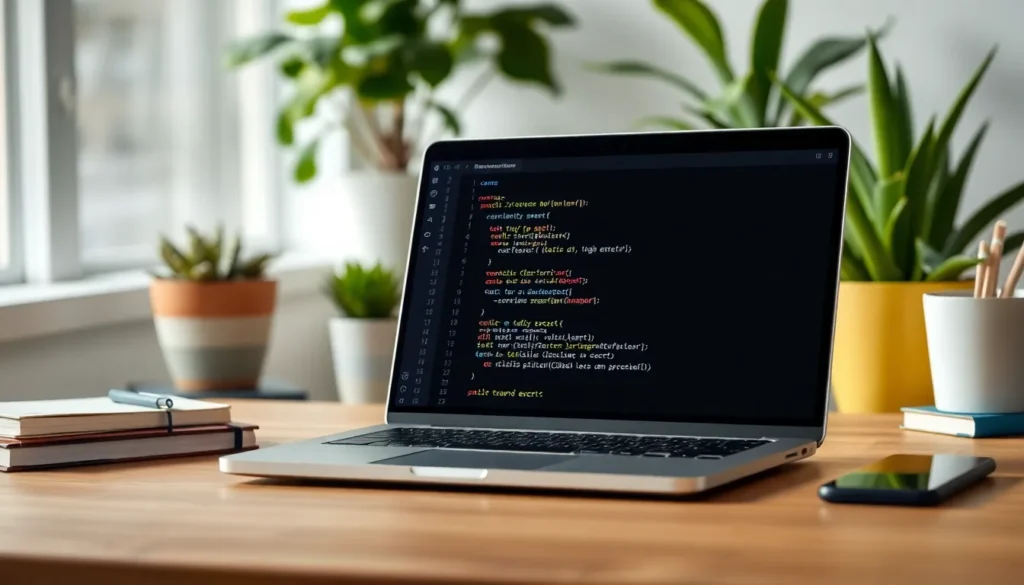”
In the world of Python programming, handling errors gracefully is crucial for creating robust applications. The try and except blocks play a vital role in this process, allowing developers to manage exceptions without crashing their programs. By using these constructs, programmers can anticipate potential issues and provide alternative solutions, ensuring a smoother user experience.
Understanding how to implement try and except is essential for anyone looking to enhance their coding skills. This article will delve into the mechanics of these error-handling techniques, exploring their syntax and practical applications. Whether you’re a beginner or an experienced coder, mastering this aspect of Python can significantly improve the reliability of your code.
What Are Try And Except in Python 2579xao6
Try and except blocks in Python provide a structured way to handle exceptions, ensuring that programs run smoothly, even when encountering errors.Definition of Try and Except
Try and except functions as a control structure in Python. The code within the try block runs first. If an exception occurs, Python immediately jumps to the except block, allowing for customized error management. The basic syntax includes:
try:
# Code that may raise an exception
except ExceptionType:
# Code to handle the exception
Importance in Error Handling
Error handling through try and except is crucial for maintaining program stability. By using these constructs, developers avoid program crashes and provide users with meaningful error messages. Effective error management enhances user experience and facilitates debugging. For example, without adequate error handling, a user accessing a file that doesn’t exist may encounter a complete application failure. By implementing try and except, developers can prevent such scenarios and guide users with clearer feedback.How Try and Except Works
The try and except structure enables Python programmers to handle errors gracefully, ensuring program resilience. Understanding its components is essential for effective error management.Basic Syntax
The basic syntax of try and except consists of a try block followed by one or more except blocks. The try block contains code that may potentially raise an exception. If an exception occurs, Python skips to the except block that matches the exception type. The general format is:
try:
# code that may cause an exception
except ExceptionType:
# code to handle the exception
Types of Exceptions Caught
Python can catch various exceptions, providing a way to manage diverse errors. Common exception types include:-
- ValueError: Raised when a function receives an argument of the correct type but an inappropriate value.
-
- TypeError: Occurs when an operation is applied to an object of inappropriate type.
-
- FileNotFoundError: Triggered when a file operation fails due to the file being absent.
-
- IndexError: Raised when a sequence subscript is out of range.
Common Use Cases
Try and except in Python plays a significant role in error handling across various scenarios. This section outlines common use cases that illustrate the effectiveness of these constructs in ensuring program stability.Handling User Input Errors
Handling user input errors is essential in applications requiring data entry. Programmers often implement try and except blocks to validate user inputs. For example, when converting a string to an integer, a ValueError may occur if the input is invalid. The code can catch this specific exception, allowing developers to prompt users for correct input without crashing the program.
try:
user_input = int(input(""Enter a number: ""))
except ValueError:
print(""Please enter a valid number."")
Managing File Operations
Managing file operations often involves encountering various exceptions, such as FileNotFoundError or IOError. Developers can utilize try and except blocks to handle these errors effectively while working with file reading and writing. For instance, when attempting to read a file that may not exist, the following structure can manage the situation gracefully.
try:
with open(""data.txt"", ""r"") as file:
content = file.read()
except FileNotFoundError:
print(""File not found. Please check the file name."")
